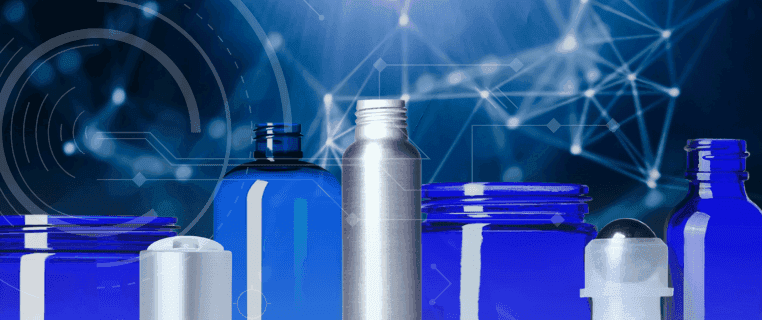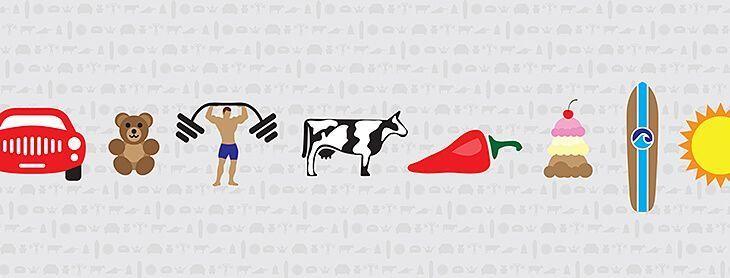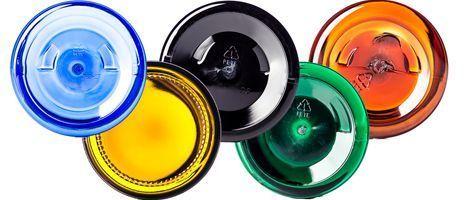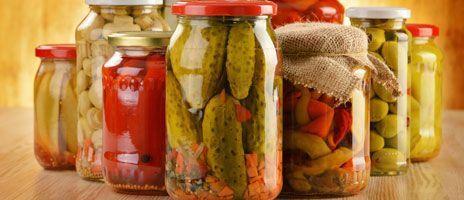Paper bottles and the future of packaging


The innovation and technologies humanity has seen in the last century are phenomenal. This technological revolution has touched every area of life, and packaging is no exception. What do we have to look forward to in the world of packaging trends? Speculation can run wild but there are some things that are almost destined to be seen in the next ten years of packaging, some much sooner.
3D printed packaging
Anytime you need to do a large order and want a custom container shape or size, you can bet on your prototypes being 3D-printed. The major advantage to this is that you can see a finished prototype in a matter of days rather than weeks or months. With more and more manufacturers taking advantage of 3D printers, and with 3D printing becoming faster and more accurate, there is little doubt that it will become more accessible.
Paper Revolution
Paperless initiatives have reduced printing, but packaging trends requiring paper are increasing. Paper is still a cheap and sustainable resource and there has been a call for innovative paper-based packaging. The most recent and dramatic example of this is the beverage bottle made from paper. These paper beverage bottles would be bio-degradable, and could be an alternative to plastic or glass bottles. Carlsberg and ecoXpac have embarked on a three year project of research and development. The potential of these paper bottles will be better realized by 2018.
New Materials
In conjunction with the paper revolution there is a whole slew of new polymers and polymer additives. Some of these polymers will bio-degrade much quicker than the ones we use now. In other ways, it's becoming easier to recycle used plastics for food and beverage use. Some new plastics can use fewer raw materials yet retain the same properties. Most of these advancements will be with plant-based polymers that can be sourced sustainably.
Better Recycling Processes
We've been recycling plastics for a while and we're getting better at it. It will take time to update recycling centers with more efficient processes. But the capability exists to harvest more types of plastic and in better ways. In addition, pioneering technology at the Hiriya landfill mining project in Israel may mean that someday we'll be mining old plastics and other materials from landfills.
Even Less Packaging Waste
Currently, packaging for all goods makes up a little less than 10% of all landfill waste. While this is good news, the better news is that this number will become even lower in the future. More people are recycling now than ever before, and waste management practices are becoming even more thorough in separating the reusable from the refuse. Packaging has been a growing concern on consumer surveys and consumers are pushing for new designs that minimize how much packaging is used.
Packaging isn't going anywhere
Back in 2012, we noticed a new grocery store concept that was going ˜sans-packaging' by having customers bring in their own storage containers for their groceries. It was a worthy experiment, but what's interesting is that this grocer now sells a wide range of reusable containers (and now some bagged and boxed items) to better help customers. Truth is that packaging is a way of life; it preserves, protects, and stores products.
Conclusion
Who knows what the future holds? The strongest focuses of the packaging industry as a whole have moved toward sustainability and minimization. Better technologies are making our packaging choices smarter and more varied.




